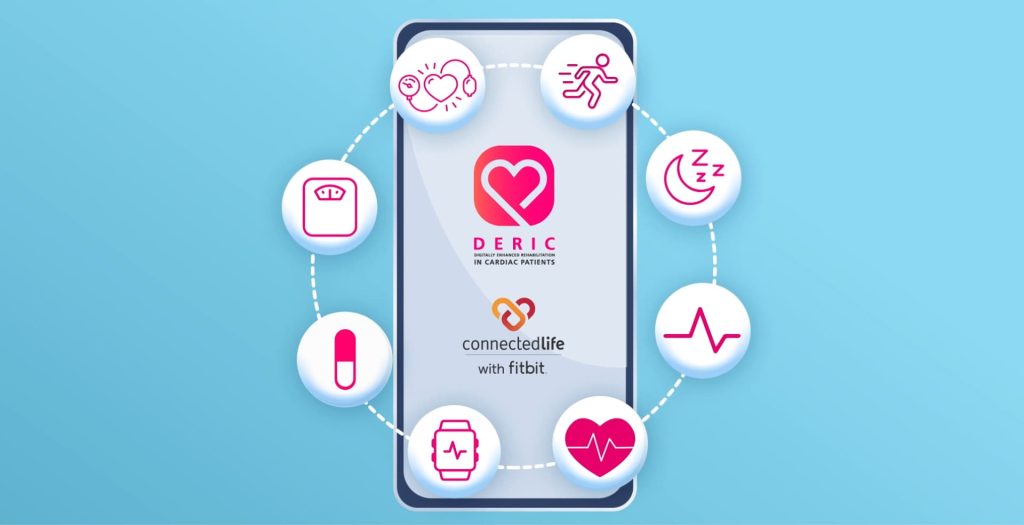Remote Monitoring Technologies: Enhancing Post-Heart Attack Care and Rehabilitation

With recent developments in healthcare technology, we are now able to approach the recovery process of patients from heart attacks differently and successfully. The integration of remote monitoring technologies mainly affects excellent rehabilitation during these processes and diminishes possible risks of future cardiac cases. They empower patients to take personal care and doctors to use technology that leads to precise care and personalized solutions.
From Diagnosis to Treatment: Women and Heart Attacks
Heart attack, a disease assumed to be a man only, proves women are not free from it; it is also a significant threat to them. Discovering the specific Symptoms of heart attack in women is the foremost important aspect of a timely diagnosis and treatment. Women suffer similarly in the form of chest pain but may have other signs like shortness of breath, sickness, and pain in the back or jaw aside from the pain.
Knowing the small nuances that may be the decisive factor for whether the person will be diagnosed appropriately, or the proper treatment administered in time is a fundamental factor in the prevention of underdiagnosis.
Empowering Through Knowledge
By providing educational materials for symptoms of a heart attack in women, monitoring remotely will ensure motivation and a sense of own health. Through educational resources and real-time monitoring that assist people in recognizing early symptoms and searching for immediate medical consulting, the long-term consequences of missing the best time for treatment can be prevented.
Tailored Interventions for Improved Outcomes
Remote monitoring systems give the providers the opportunity to devise personalized support based on individual risk factors and recovery activities and supervise the patients. The constant follow-up of paramount signs such as medication adherence, lifestyle issues, and the use of gadgets can help clinicians spot a problem in time and correct the treatment. This role grants the patients make undoubtedly every possible effort not only to achieve the best results, but also to give back to the patients a sense of control and commitment in the process of their recovery.
Lifestyle Modifications as a Preventive Measure
Beyond post-heart attack care, remote monitoring technologies serve as a vital tool for promoting preventive measures that are constituted by lifestyle changes. The technologies can monitor exercise, dietary choices, and stress levels. Such intelligent systems help individuals decide on what to do to prevent future cardiac diseases.
In addition, telemedicine also leads to e-consultations with remote healthcare providers and online support groups from where patients receive advice and comfort from both healthcare professionals and peers.
Leveraging Collateral for Growth and Continuous Success
The use of remote monitoring technologies alongside medical professionals provides a great deal of information that helps make the decision-making process more data-driven and allows for continuous improvements in the quality of service.
By comparing data from a wide variety of patients, clinicians can improve the quality of cardiac care by finding trends & testing the effectiveness of various health interventions and then refining the existing practices and standards. Repeating this iterative process enables remote monitoring to produce both real-time benefits for the patients themselves and enhances the provision of healthcare services.
Conclusion
Remote monitoring technologies constitute a model change in remote cardiac monitoring and rehabilitation, connecting patients to healthcare providers via telemedicine as the technology helps patients’ self-care and enhances health outcomes.
The utilization of real-time data and customized treatment protocols through these technologies allows for the preemptive administration of heart health care, thus lessening the burden of heart disease and enhancing the lives of people around the world. The future of cardiac care is to be spearheaded by innovative approaches in the healthcare sector, remote monitoring being the key driver that will advance the system scientifically towards a healthier and more resilient environment.



